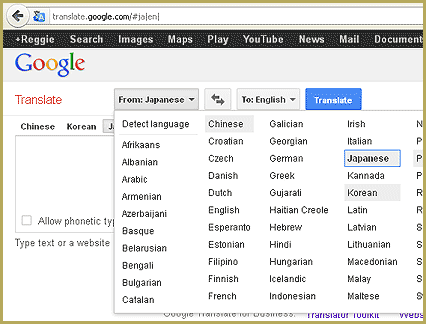

Google Translate uses a mix of digital resources in various languages. DeepL Translator draws from Linguee’s massive corpus of manually translated sentences, idioms and text snippets. The most significant difference between the two is the language data each tool is trained on. That capability allows users to translate text in an unknown language to one they can understand. Both applications can automatically detect languages.

They use AI to translate user-provided text from one language to another. Google Translate and DeepL are both machine translation services. By using state-of-the-art AI trained on manually translated text, it’s possible to use AI to translate new strings of text provided by a user.ĭeepL, however, seems to have found a better combination of algorithm design and language data - and there’s some evidence that it may be significantly more accurate than Google Translate. Both DeepL Translator and Google Translate use the same approach to machine translation. The tool - developed by a Cologne-based team of around 20 people - was quickly found to be just as effective as Google Translate, the older translation tool developed by one of the giants of the tech world.

The machine translation service DeepL caused a major stir when it was first launched back in 2017. When you buy through links on our site, we may earn an affiliate commision.


 0 kommentar(er)
0 kommentar(er)
